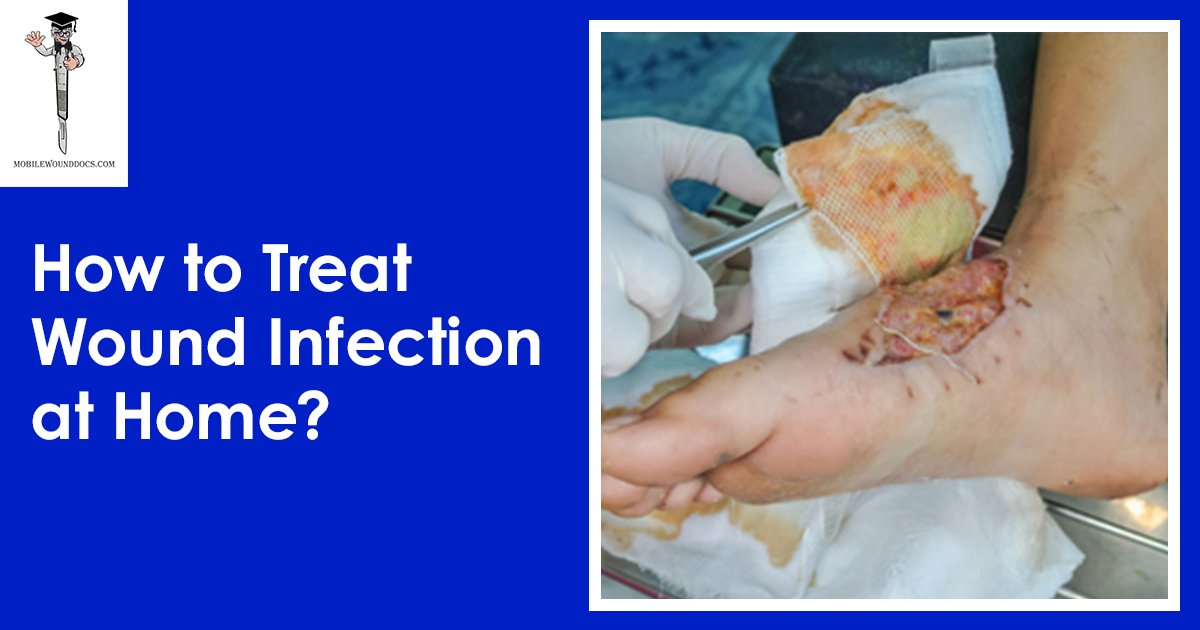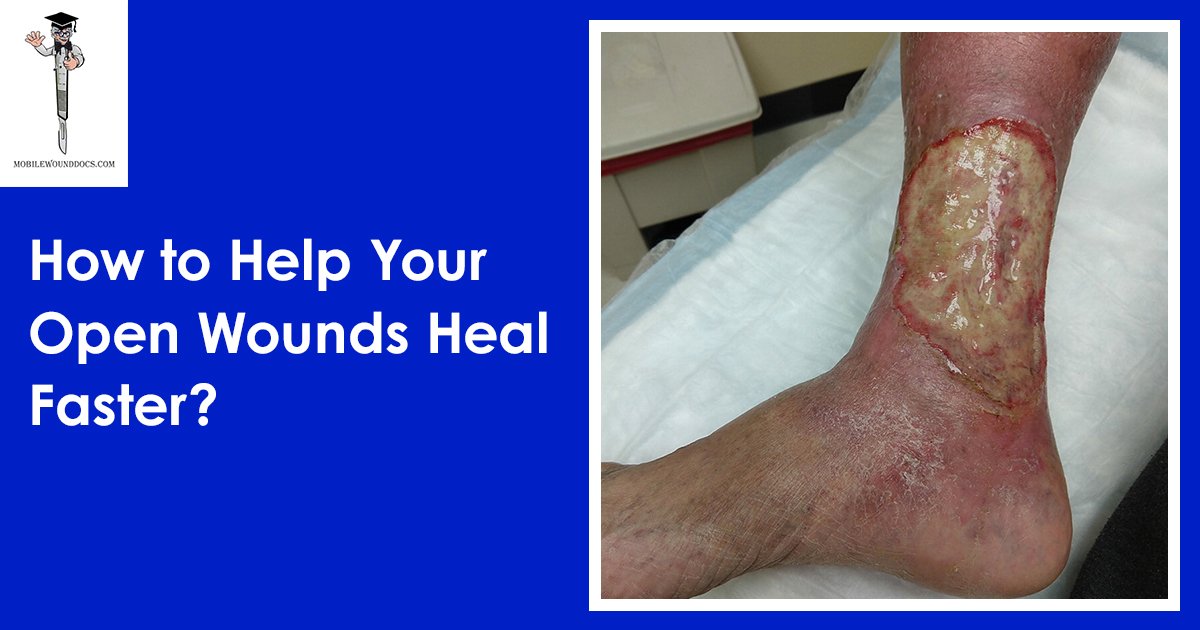Daniel Davidson, MD, MBA, DBA, PHD
Introduction:
In order to be managed and treated effectively, chronic wounds present a complex and challenging component of healthcare that calls for specific knowledge. If left untreated, these wounds, which frequently result from external traumas, lifestyle choices, or underlying medical disorders, can seriously lower a patient’s quality of life. The experience of wound care professionals is crucial in treating these chronic wounds in a variety of healthcare settings, including hospitals and long-term care homes. Let’s examine a few instances of chronic wounds that require professional evaluation and management and are seen in various healthcare settings.
Ulcers from pressure:
Pressure ulcers, sometimes referred to as bedsores or decubitus ulcers, are among the most prevalent chronic wounds seen in medical institutions, especially in patients with restricted movement or those confined to beds or wheelchairs. Prolonged pressure on the skin and underlying tissues causes tissue ischemia and eventual breakdown, which is the cause of these ulcers. In order to promote healing and avoid complications, wound care specialists are essential in determining the severity of pressure ulcers, putting preventive measures into place, and managing therapy.
Ulcers on the Diabetic Foot:
Another common chronic wound type that mostly affects people with diabetes is diabetic foot ulcers. These ulcers frequently appear on the feet or lower limbs as a result of diabetic neuropathy, poor circulation, and slowed wound healing. Diabetic foot ulcers can cause major consequences, such as infection and amputation, if left untreated. In order to facilitate healing and stop recurrence, wound care specialists work in conjunction with multidisciplinary teams to evaluate circulation, control infection, offer unloading strategies, and use cutting-edge wound therapies.
Venous Ulcers:
Chronic lesions known as venous ulcers are most frequently found in the lower legs and ankles, frequently as a result of venous insufficiency. This disease makes it more difficult for blood to return from the legs to the heart, which can cause edema, irritation, and eventually ulceration. In order to treat underlying venous insufficiency, offer compression treatment, and promote optimal wound healing through debridement, dressings, and adjuvant therapies, wound care specialists collaborate closely with vascular specialists.
Arterial Pain:
Also referred to as ischemic ulcers, arterial ulcers arise when there is insufficient blood flow to the afflicted area, usually as a consequence of atherosclerosis or peripheral artery disease (PAD). These ulcers are marked by discomfort, pallor, and delayed wound healing. They typically affect the lower extremities, especially the toes, heels, and ankles. Through revascularization operations and advanced wound care techniques, wound care professionals work in tandem with vascular surgeons to restore arterial circulation, manage infection, and promote tissue perfusion.
Surgical Injuries:
If surgical wounds do not heal properly or if problems develop along the way, they may become chronic. Chronicity and delayed wound healing can be caused by various factors, including infection, inadequate wound closure, and underlying medical disorders. In order to achieve good wound closure and reduce scarring, wound care professionals are essential in evaluating surgical wounds, detecting impediments to healing, and putting interventions into action.
Complex Traumatic Injuries:
The complicated nature of complex traumatic wounds, including burns, crush injuries, and severe lacerations, makes wound management particularly difficult because of the considerable tissue damage and potential for consequences. Specialized knowledge in wound assessment, debridement, infection control, and reconstructive procedures is frequently needed for these wounds. Plastic surgeons, trauma specialists, wound care specialists, and other medical professionals work together to create complete treatment programs that are customized to each patient’s needs.
Neuropathic Burns:
One typical side effect of diabetic neuropathy is neuropathic ulcers, sometimes referred to as Charcot foot ulcers or diabetic neuropathic ulcers. Reduced sensitivity and neuropathic changes in the feet cause them to develop, which in turn causes repeated stress, pressure, and tissue deterioration. Since neuropathic ulcers are usually painless, no one will usually detect them until problems develop. In order to identify neuropathic changes, release pressure, and apply specific wound care treatments to promote healing and prevent recurrence, wound care professionals work in conjunction with podiatrists and neurologists.
Radiation-Related Injury:
Radiation therapy is a frequently used cancer treatment modality, but it can potentially permanently harm nearby healthy tissues, resulting in persistent lesions called radiation-induced wounds or radiation dermatitis. In order to control symptoms and encourage tissue regeneration, these wounds—which frequently exhibit erythema, inflammation, ulceration, and delayed wound healing—need to be treated with specialist care. In order to create individualized treatment programs that reduce radiation-induced toxicity and promote wound healing, wound care specialists work in conjunction with oncologists and radiation oncologists.
Wounds Associated with Lymphedema:
A chronic illness called lymphedema is defined by a buildup of lymphatic fluid that causes tissue damage and swelling in the affected areas. Ulcerations, skin alterations, and long-term sores known as lymphedema-associated wounds are all possible outcomes of chronic lymphedema. To avoid infection and encourage healing, these wounds require extensive management techniques such as manual lymphatic drainage, compression therapy, and careful skin care. To maximize lymphatic function and enhance wound outcomes, wound care professionals work in conjunction with vascular specialists and lymphedema therapists.
Vascularized Ulcers:
An indication of systemic vasculitis, an inflammatory disease affecting blood vessels all over the body, is vascular ulcers. Inflammation and damage to the blood vessel walls cause these ulcers to form, which restrict circulation, cause tissue ischemia, and cause ulceration. In order to address underlying autoimmune processes and facilitate wound healing, multidisciplinary management is necessary for vasculitis ulcers, which frequently appear with pain, tenderness, and distinctive skin abnormalities. To control systemic vasculitis and maximize the effectiveness of wound care interventions, wound care specialists work in conjunction with rheumatologists and immunologists.
Wounds Associated with Osteomyelitis:
Osteomyelitis is a dangerous bone infection that can arise from poorly managed or untreated chronic wounds, especially pressure ulcers and diabetic foot ulcers. Necrosis, chronic non-healing wounds, and continuous wound drainage are all possible outcomes of chronic osteomyelitis. In order to diagnose osteomyelitis, control infection, and carry out surgical procedures like debridement or bone excision to encourage wound healing and avert subsequent complications, wound care specialists work in tandem with infectious disease specialists and orthopedic surgeons.
Complex Infections at the Surgical Site:
The difficult side effect of surgical operations known as complex surgical site infections (SSIs) is marked by deep tissue involvement, significant wound drainage, and delayed wound healing. These infections may be the consequence of underlying comorbidities, weakened immune systems, or contamination during surgery. In order to diagnose surgical site infections (SSIs), determine the bacteria responsible, and use targeted antibiotic medication and wound care measures to eliminate infection and encourage wound healing, wound care professionals collaborate closely with infectious disease specialists, surgeons, and microbiologists.
Conclusion:
Managing and treating chronic wounds effectively requires specific knowledge and experience due to the wide range of issues they offer in healthcare settings. These chronic wounds, which can range from surgical wounds to diabetic foot ulcers, pressure ulcers to venous ulcers, can seriously impair patients’ quality of life and present a risk of major complications if left untreated. In order to optimize patient outcomes, wound care professionals work with multidisciplinary teams to diagnose the etiology of wounds, use evidence-based therapies, and manage the complexity of chronic wounds.
In order to promote healing, reduce complications, and improve general well-being for people with chronic wounds, wound care specialists analyze the underlying variables that contribute to wound chronicity and customize treatment programs to meet the needs of each patient. These specialists put out endless effort to enhance patients’ quality of life and restore their health and function by using a comprehensive approach that takes care of the wound itself as well as the underlying systemic problems.








